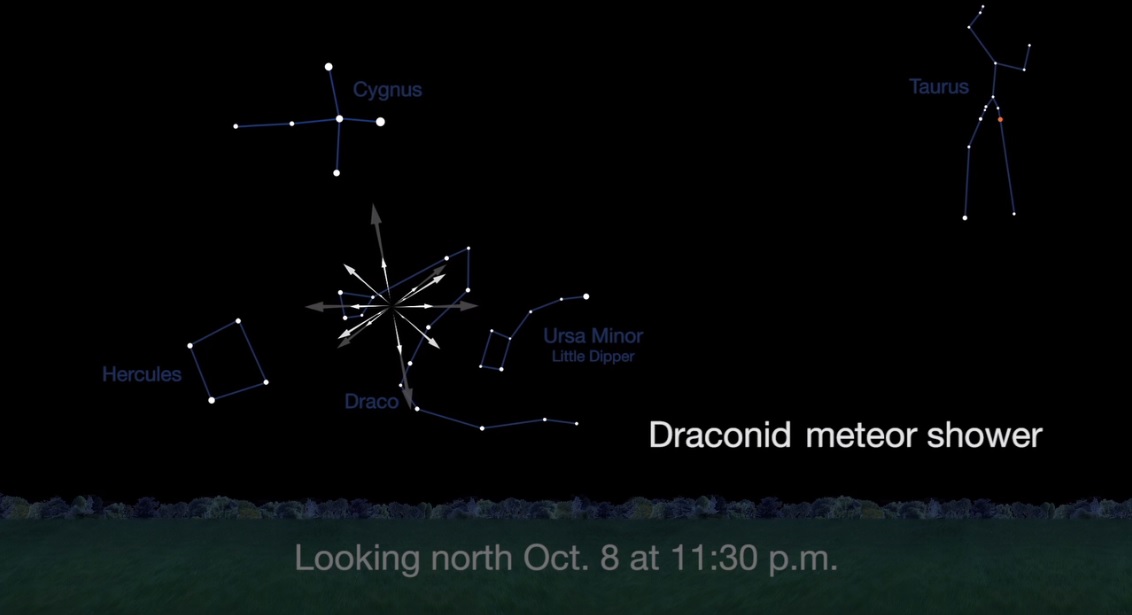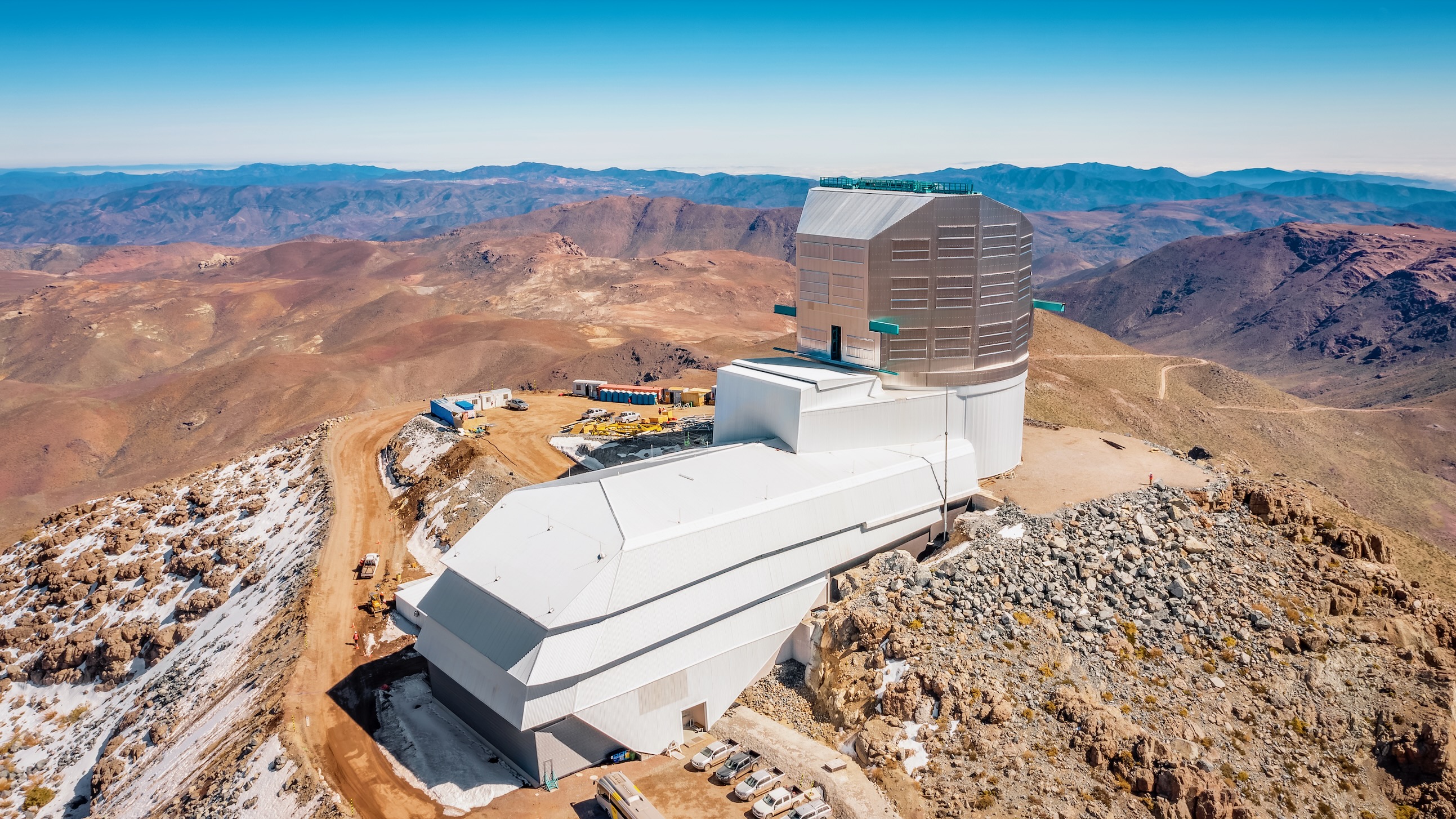See the Draconid Meteor Shower Online Tonight in Slooh Webcast

The annual Draconid meteor shower is in full swing for skywatchers this week, and you can even watch the shooting star display online tonight (Oct. 7), courtesy of the Slooh Community Observatory.
Slooh is hosting a free Draconid meteor shower webcast tonight at 8 p.m. EDT (0000 Oct. 8 GMT), featuring live video on Slooh.com from cameras in the Canary Islands, the United Kingdom and Thunder Bay, Canada. The astronomy broadcasting service will be on the air for five hours.
You can also watch the Draconids webcast on Space.com, courtesy of Slooh. [Amazing Draconid Meteor Shower Photos]
The Draconids occur in early October every year when the Earth goes through the stream left behind from Comet 21/P Giacobini-Zinner. This comet orbits the sun every 6.6 years.
Besides live views of the meteors, Slooh astronomer Eric Edelman will discuss what viewers need to know to watch the shower, including tips for observing, the location to look at (the constellation Draco), and supplies to bring. Also, Slooh astronomer Bob Berman will discuss the comet that created the Draconids.
"Viewers will also get a unique opportunity to learn how to capture this amazing meteor shower with their own standard DSLR camera, and how they can hear these streaking bits of space debris, even when they can't see them," Slooh representatives wrote in a statement.
"And for the historically inclined, the broadcast will also feature harrowing myths of dragons throughout history, including that of the Greek hero Hercules and his attempts to steal the golden apples of Zeus from the terrifying dragon Ladon, where the Draconids get their name."
Breaking space news, the latest updates on rocket launches, skywatching events and more!
Sometimes the shower can end up being spectacular, such as in 1933 and 1946, when thousands of meteors per hour were reported. Strong shows also occurred in 1998, 2005, and 2011.
"Most meteor showers peak well after midnight, but the Draconids are best seen between sunset and midnight when the radiant, the constellation Draco, is at its highest point in the sky," Slooh added.
Viewers can participate by sending questions and meteor observations to @Slooh on Twitter, or the live chat at Slooh.com.
Editor's note: If you have an amazing night sky photo you'd like to share with Space.com and our news partners for a possible story or gallery, you can send images and comments in to spacephotos@space.com.
Follow Elizabeth Howell @howellspace, or Space.com @Spacedotcom. We're also on Facebook and Google+. Original article on Space.com.
Join our Space Forums to keep talking space on the latest missions, night sky and more! And if you have a news tip, correction or comment, let us know at: community@space.com.

Elizabeth Howell (she/her), Ph.D., was a staff writer in the spaceflight channel between 2022 and 2024 specializing in Canadian space news. She was contributing writer for Space.com for 10 years from 2012 to 2024. Elizabeth's reporting includes multiple exclusives with the White House, leading world coverage about a lost-and-found space tomato on the International Space Station, witnessing five human spaceflight launches on two continents, flying parabolic, working inside a spacesuit, and participating in a simulated Mars mission. Her latest book, "Why Am I Taller?" (ECW Press, 2022) is co-written with astronaut Dave Williams.
